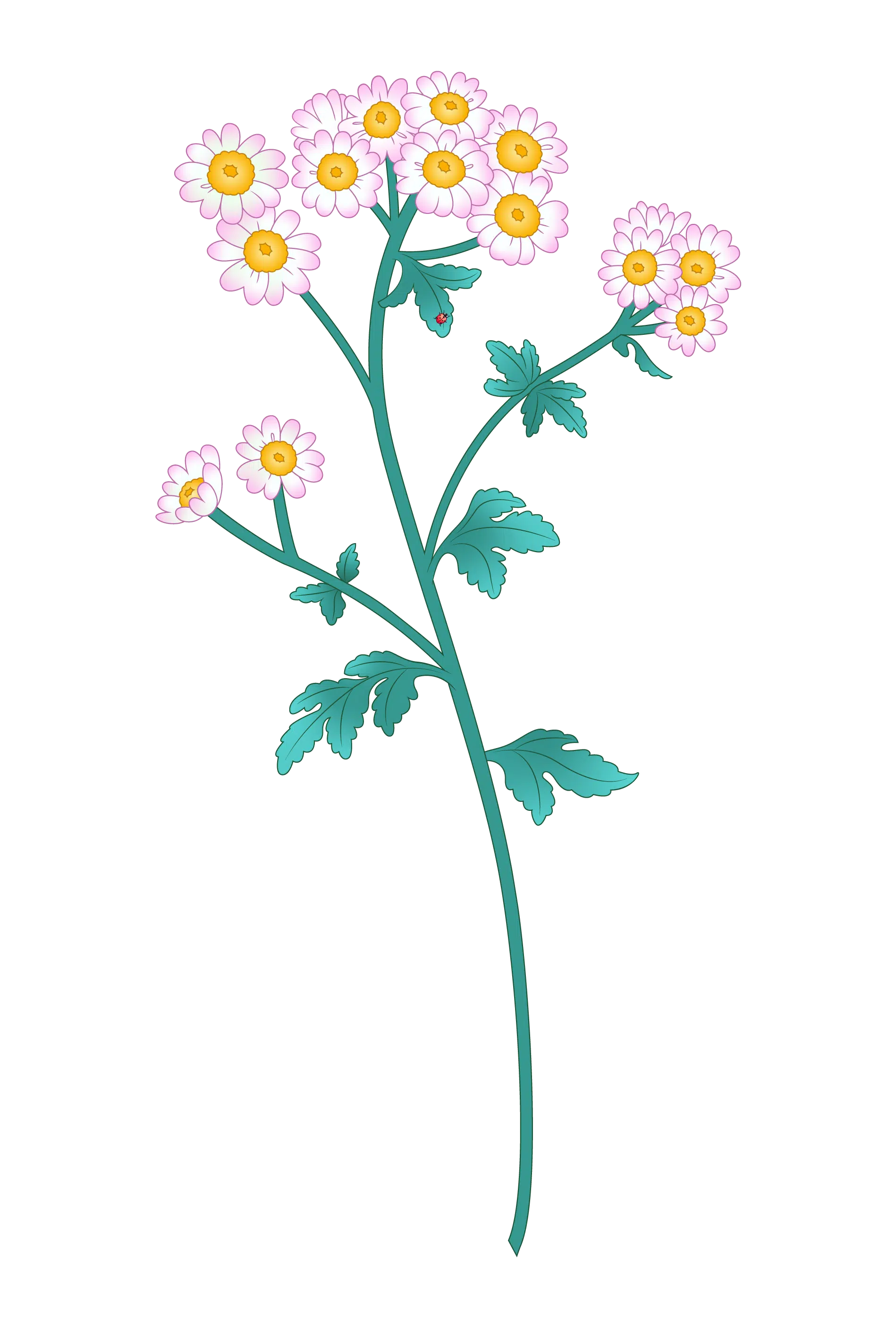Consent Culture Calendar
Submission Requirements
We are collecting submissions for the 2023 Consent Calendar until October 31st.
A Sexual Violence and Prevention Response Office (SVPRO) & WUSA Sponsored Initiative
A Contest Centered Around Consent and Healthy Relationships
This year’s theme centers around consent and healthy relationships. Explore the various aspects of consent, such as communication, respect, boundaries, and empowerment, and use these concepts to inspire your artwork.
Consider the following themes for creative inspiration:
- Building Consent Culture
- Inspiring Hope and Healing
- Providing Community Care
- Supporting Others & Myself

Create your masterpiece
Let your imagination run wild and create an original piece of art that expresses your interpretation of consent. You can choose any medium that suits your artistic style, whether it’s painting, drawing, digital art, sculpture, or mixed media. The possibilities are endless!
Remember, your artwork has the power to make a difference and inspire change. By participating in the Consent Week Art Contest, you are contributing to the creation of a more inclusive and respectful campus culture.
So, unleash your artistic skills and let your voice be heard through your art. Together, let’s raise awareness, foster understanding, and promote a culture of consent. Enter the contest today and be a part of this inspiring movement!
Submission Guidelines
Take a high-quality photo/scan of your artwork or submit using the drop box section. Ensure that it clearly represents your creation and captures its essence. Fill out the submission form provided on our website, including your personal details and a brief artist statement explaining the inspiration behind your piece.
Review the rubric for more details.
Voting Explanation
The winners of the art contest will be determined through an assessment process utilizing a rubric that incorporates specific criteria. This rubric ensures transparency and consistency in judging the submissions.
The rubric will include the following criteria:
- Explanation Behind the Piece (Limit 150-200 words): This criterion assesses the clarity and depth of the artist’s explanation of their artwork. Judges will look for a thoughtful and concise description that effectively conveys the inspiration, meaning, and connection to the theme of consent. Artists will be encouraged to provide a compelling narrative that enhances the viewers’ understanding and engagement with the artwork.
- Submission Criteria: This criterion evaluates technical aspects of the submission, such as adherence to submission guidelines, file quality, and clarity. Artists will be expected to meet the specified requirements to ensure fair evaluation and consistency in reviewing the submissions.
- Alignment with Theme: This criterion examines how well the artwork reflects and interprets the theme of consent. Judges will consider the clarity, relevance, and creativity with which the concept of consent is conveyed through the artistic expression. Artworks that effectively capture the essence of consent and provoke meaningful reflections will score higher in this category.
- Overall Impression/ “Fan Choice”: This criterion takes into account the overall impact and impression of the artwork on the judges and viewers. It encompasses the visual appeal, artistic technique, creativity, and emotional resonance of the piece. Additionally, a designated number of months in the calendar will be reserved for “People’s Choice.” This means that a group of students will have the opportunity to vote for their favorite artworks among the entries, providing an inclusive element where the preferences of the student community are considered.
By utilizing this rubric, the judging process ensures a comprehensive evaluation of each artwork based on a range of criteria. It combines objective assessment of technical aspects, alignment with the theme, and subjective appreciation of the overall impact. The incorporation of “People’s Choice” months further engages the student community, giving them a voice in selecting artworks that resonate with them.
Through this balanced approach, the art contest aims to recognize exceptional pieces that effectively communicate the message of consent while also valuing the perspectives and preferences of the students.
Frequently Asked Questions


Did we miss anything?
Reach out to us at advocacy@wusa.ca.
